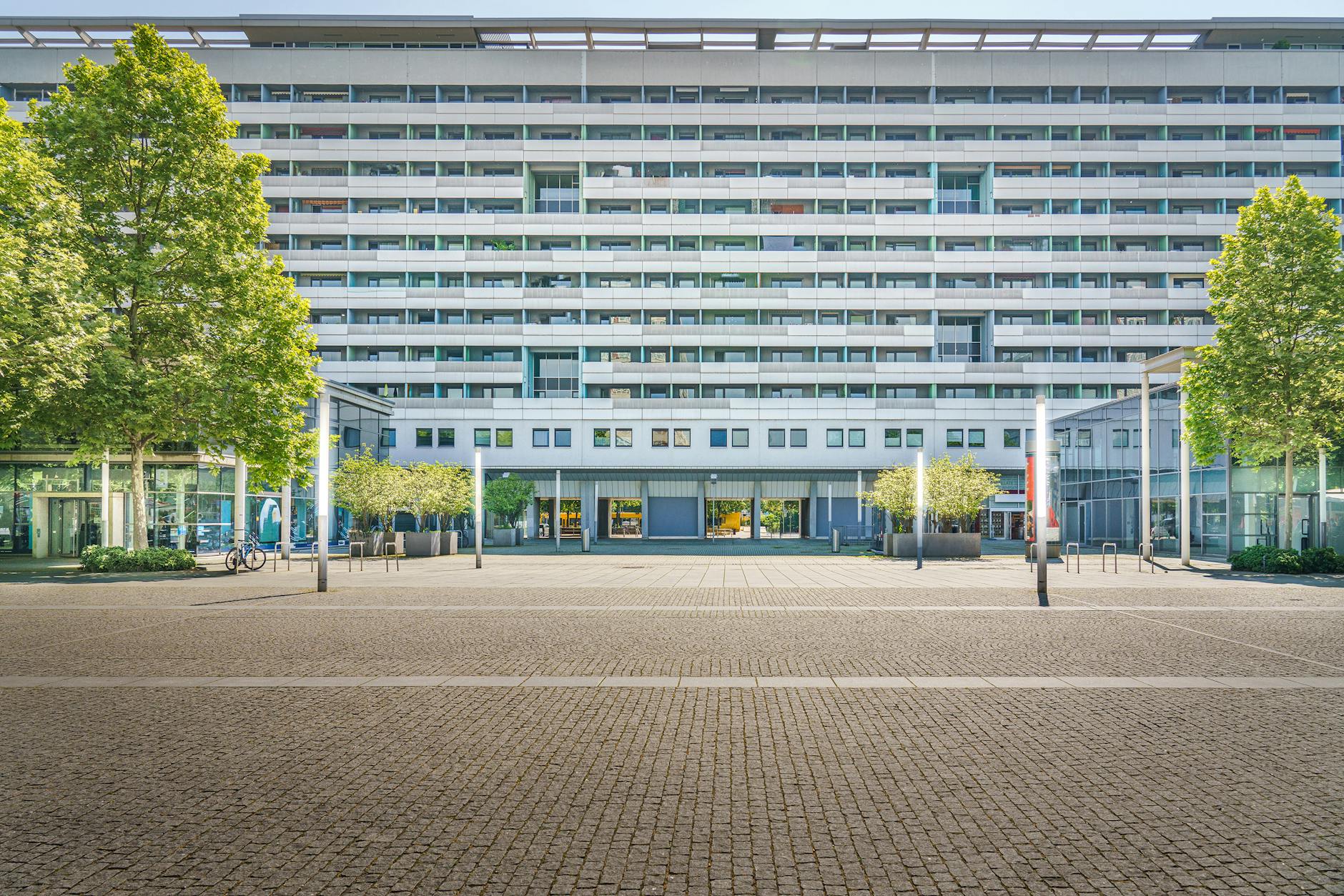A Comprehensive Guide to Commercial Real Estate Leasing and Brokerage
Introduction
Commercial real estate leasing and brokerage are vital components of the business world, influencing how companies secure and optimize their physical spaces. Whether you are a business owner seeking office or retail space or an investor exploring income-generating properties, understanding these processes can provide a competitive edge. This guide delves into the essentials of commercial real estate leasing and brokerage, breaking down critical terms, outlining the roles of brokers, and exploring negotiation strategies. We will examine how these elements connect, offering insights to help readers navigate complex agreements and make informed decisions that benefit their businesses and investments. By the end, you’ll be equipped with a clear roadmap to approach leasing and brokerage with confidence in the commercial real estate arena.
Understanding commercial real estate leasing
At its core, commercial real estate leasing involves a legal agreement between a landlord and a tenant, allowing the tenant to occupy commercial property for business purposes. Unlike residential leases, commercial leases are often more complex, involving longer terms and more detailed provisions. Types of leases include:
- Gross lease: Tenant pays a fixed rent; landlord covers most expenses.
- Net lease: Tenant pays rent plus some property expenses such as taxes and insurance.
- Absolute net lease: Tenant assumes almost all costs, including maintenance and repairs.
Lease terms can range from short-term to 10 years or more, reflecting the stability businesses seek. Key lease components to understand include rent structure, tenant improvements, options to renew, and exit clauses. A well-negotiated lease protects tenant interests while providing landlords with consistent revenue streams.
The role of brokerage in commercial leasing
Commercial real estate brokers act as intermediaries facilitating leasing transactions between landlords and tenants. Their expertise encompasses market knowledge, property valuation, and negotiation tactics. Brokers help clients identify suitable properties that meet their operational needs, budget, and location preferences.
For landlords, brokers maximize property visibility and tenant quality, ensuring reduced vacancy periods and steady cash flow. Tenants benefit by gaining access to market data, professional advice on lease terms, and assistance navigating legal complexities.
Brokers often specialize in sectors such as office, industrial, retail, or multifamily, allowing them to tailor their services. Commission structures vary but typically range from 3-6% of the lease value, split between tenant and landlord representatives.
Negotiation strategies and building favorable leases
Effective negotiation is essential to crafting lease agreements that align with business goals. Both parties should focus on clarity, flexibility, and mutual benefit, employing the following strategies:
- Market research: Understand current rental rates, vacancy levels, and tenant demand to gauge bargaining power.
- Lease length: Negotiate terms that balance stability with adaptability to evolving business needs.
- Tenant improvements: Secure landlord contributions for space customization, reducing upfront costs.
- Renewal and exit options: Include clear terms for renewal rights and early termination to manage future uncertainties.
- Maintenance and repairs: Define responsibilities precisely to avoid disputes.
Negotiators should also consider escalation clauses affecting rent increases and sublease permissions to allow more operational flexibility.
Key metrics and market analysis in leasing decisions
Data-driven decisions strengthen leasing outcomes. Several metrics guide tenants and landlords in evaluating property suitability and investment value:
| Metric | Description | Significance |
|---|---|---|
| Cap rate | Net operating income divided by property value | Indicates property’s yield and investment risk |
| Vacancy rate | Percentage of unoccupied rentable space | Reflects market demand and competition levels |
| Gross rent multiplier (GRM) | Purchase price divided by gross annual rent | Helps investors quickly assess property value |
| Tenant retention rate | Percentage of tenants who renew leases | Measures property desirability and management quality |
Thorough analysis of these indicators, combined with local market trends, enables more precise forecasting and negotiation leverage.
Conclusion
Commercial real estate leasing and brokerage are interconnected processes fundamental to successful business operations and property investments. Understanding different lease types and terms empowers tenants and landlords to negotiate agreements tailored to their needs. Brokers play a pivotal role by leveraging market expertise, streamlining transactions, and enhancing value for all parties. Employing robust negotiation strategies grounded in comprehensive market analysis helps minimize risk and maximize returns. By considering critical metrics such as cap rate and vacancy rate, stakeholders can make informed decisions that align with their financial goals. Ultimately, a well-structured lease coupled with professional brokerage guidance ensures sustainable business growth and a strong foundation in the commercial property market.
Image by: Jakub Zerdzicki
https://www.pexels.com/@jakubzerdzicki
editor's pick
latest video
news via inbox
Nulla turp dis cursus. Integer liberos euismod pretium faucibua

